For the greater part of the region, the strategic issue is whether America is trustworthy.
For the greater part of the region, the strategic issue is whether America is trustworthy.
By Mehmet Enes Beşer
The return to the world scene by Donald Trump, albeit more ambitious and with greater political desperation this time, has revived debates over the American foreign policy future—particularly in Asia. His caustic diplomatic style, transactional diplomacy, and disdain for multilateral organizations mean Trump’s foreign policy is not much sophisticated. While Washington might see his assertiveness as a means to counterbalance China’s rising power, the likely result is the opposite: a more likely-to-hedge, balance, and in most cases, draw closer to Beijing Asia.
Instead of containing China, Trump’s return and his perceived strategy of aggressive, unilateralist diplomacy might have the opposite effect. His initial term caused damage throughout the Indo-Pacific, alienating allies, shattering trust in capitalism, and perilously close to undermining the concept of collective defense itself. Neighboring countries—are frequently non-ideologically associated but extremely pragmatic—will not easily fall again under insecure Washington leadership. When it comes down to a matter of whether to endure mercurial American intimidation vs. periodic, if strategically nuanced, engagement with China, many will simply quietly opt for the latter.
Trump’s first term is brimming with evidence of this re-orientation. His abandonment of the Trans-Pacific Partnership (TPP), the most ambitious of all trade agreements to achieve American economic dominance in Asia, left a void that China quickly filled. Beijing struck back with the Regional Comprehensive Economic Partnership (RCEP), a mammoth regional free trade deal that encompasses key U.S. allies like Japan, South Korea, and Australia. The message to Asian economies was clear: when American leadership falters, China gains. Trump’s mercurial tariffs, spiky threats against security commitments, and bombastic language only reinforced the perception that America could no longer be depended upon as a steadfast, strategic partner.
It is especially painful in a neighborhood where subtlety and reliability are prized over fire and fury. Asian diplomacy is fonder of balance, not binary choice, and national interest is oftener expressed in the language of economic interdependence than ideological allegiance. Trump’s habit of portraying international relations as a zero-sum game where nations are “with us or against us” goes against the way Asia deals with its complexity. The majority of ASEAN nations, for instance, have strong economic ties with China but still seek strategic reassurance from America. Trump’s strategy flips this equation over, leaving nations in awkward places that few would choose.
Further, Trump’s likely disdain for traditional alliance frameworks, particularly NATO-style commitments, raises questions about whether he is committed to highly Indo-Pacific relations. In his first term, he repeatedly questioned the value of security pacts and dared countries to pay for American protection or fend for themselves. If this reasoning is applied to Asia—toward Japan, South Korea, or even the Philippines—then it is possible to generate a perilous credibility gap. When U.S. security assurances appear conditional or transactional, the desire of Asian states to pursue independent or regional options, including enhanced engagement with China, grows.
China itself has developed skill at pursuing these fissures. While its belligerent attitude in the South China Sea and its harsh internal policies still draw condemns, Beijing simultaneously has offered infrastructure, commerce, and pandemic-aid assistance throughout the continent. Under the Belt and Road Initiative (BRI), China has emerged as a development and connectivity facilitator, following uneven Western intervention. With the potential of Trump bringing back more isolationist and volatile America, China’s role as a relatively stable—if strategically cautious—ally may grow.
Asian countries are not blind to the risks of Chinese hegemony. Rather, they are highly attuned to the risks of strategic instability. A Trump-led America that outsources diplomacy, markets arms, and disregards norms internationally can, indeed, turn out to be a more disruptive force than China. Hedging in such circumstances would, in this case, be the favorite choice—states neither yielding to the U.S. nor reverting to it completely like they do with China, but always craft ways to contend with Beijing in their terms.
The realignment here would not be spectacular but nuanced. Not as a string of bilateral alignments against China, but as incremental realignment in diplomatic efforts, economic partnerships, and defense alliances. States would step up bilateral trade with China, pursue further integration in the regional economy, or turn to multilateral institutions excluding U.S. membership. They can limit defense cooperation with Washington, avoid publicly denouncing Beijing, and adopt the rhetoric of neutrality that slowly evolves into alignment. The long-term effect would be a region that drifts further into China’s orbit—not due to ideological convergence, but due to strategic necessity.
Conclusion
Trump’s White House return will inspire some segment of the US electorate, but in Asia, it will most certainly initiate a cautious drift away from Washington. The region loathes unpredictability and bludgeoning masquerading as leadership. If Trump resorts to his familiar playbook of belligerent diplomacy—smirking at allies, threatening, and framing international affairs in terms of a crude transactional deal—he can only expect to further diminish America’s leverage.
Ironically, the more Trump tries harder to get Asia to align with him, the more Asia is likely to default to ambiguity—and ultimately, China. The days of U.S. dominance of Asia are not ending because of Chinese ascension but because of American inconsistency and overreach. Trust is what’s needed in leadership, and stability, respect, and engagement generate trust. Trump will have to either not need or not be able to give these if he doesn’t change his ways, and Asia will move elsewhere.
For the greater part of the region, the strategic issue is not whether China is on the rise, but whether America is trustworthy. If Trump’s actions do not reassure—and instead disturb—the response will not be in terms, but in understated rearrangements, other trade agreements, other alignments. In a world where subtlety is strength, Trump’s hammer blows could well drive Asia to China’s cautious embrace. And in that, he may rule not over the control of Beijing, but over the pace of its regional ascendance.



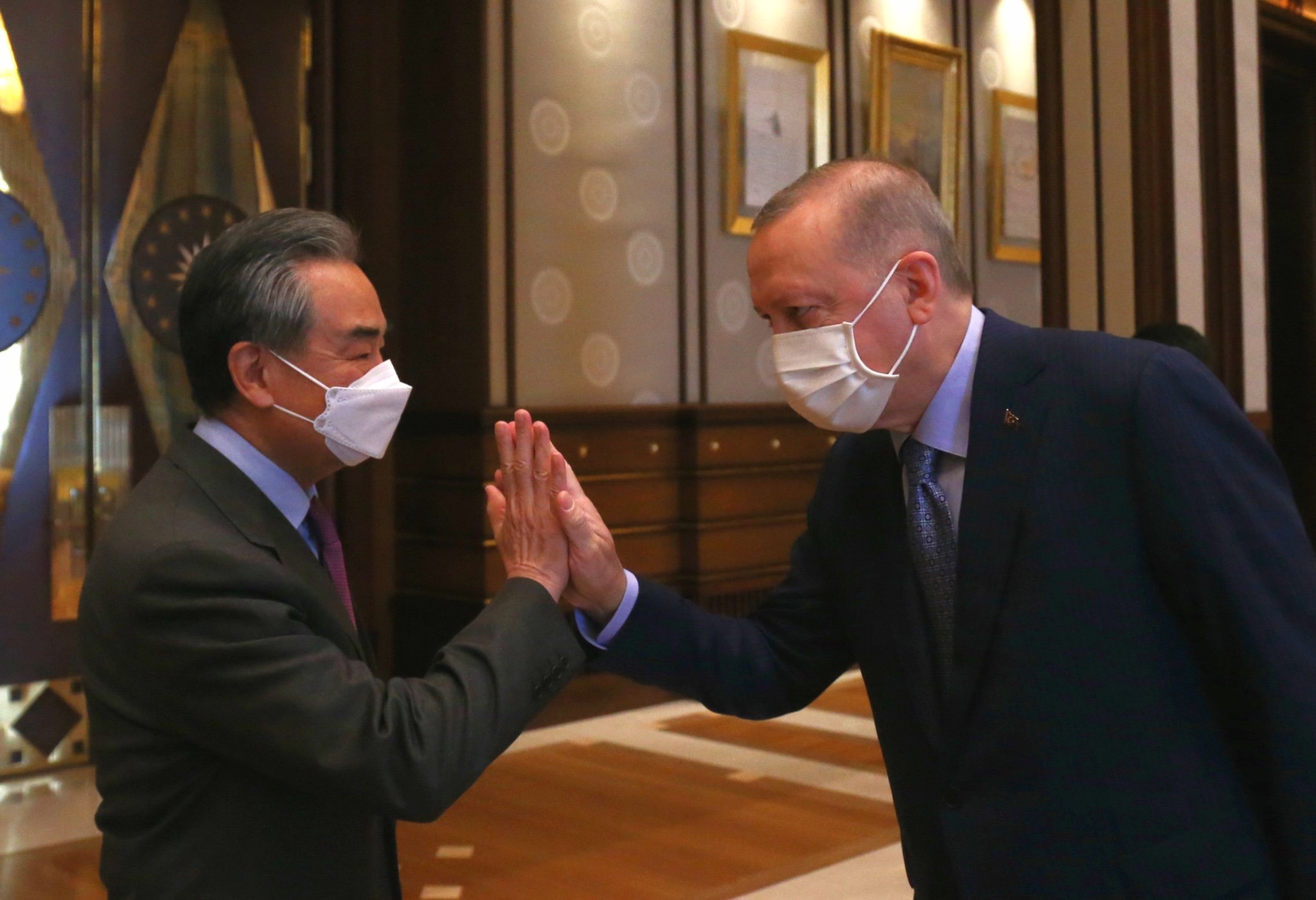



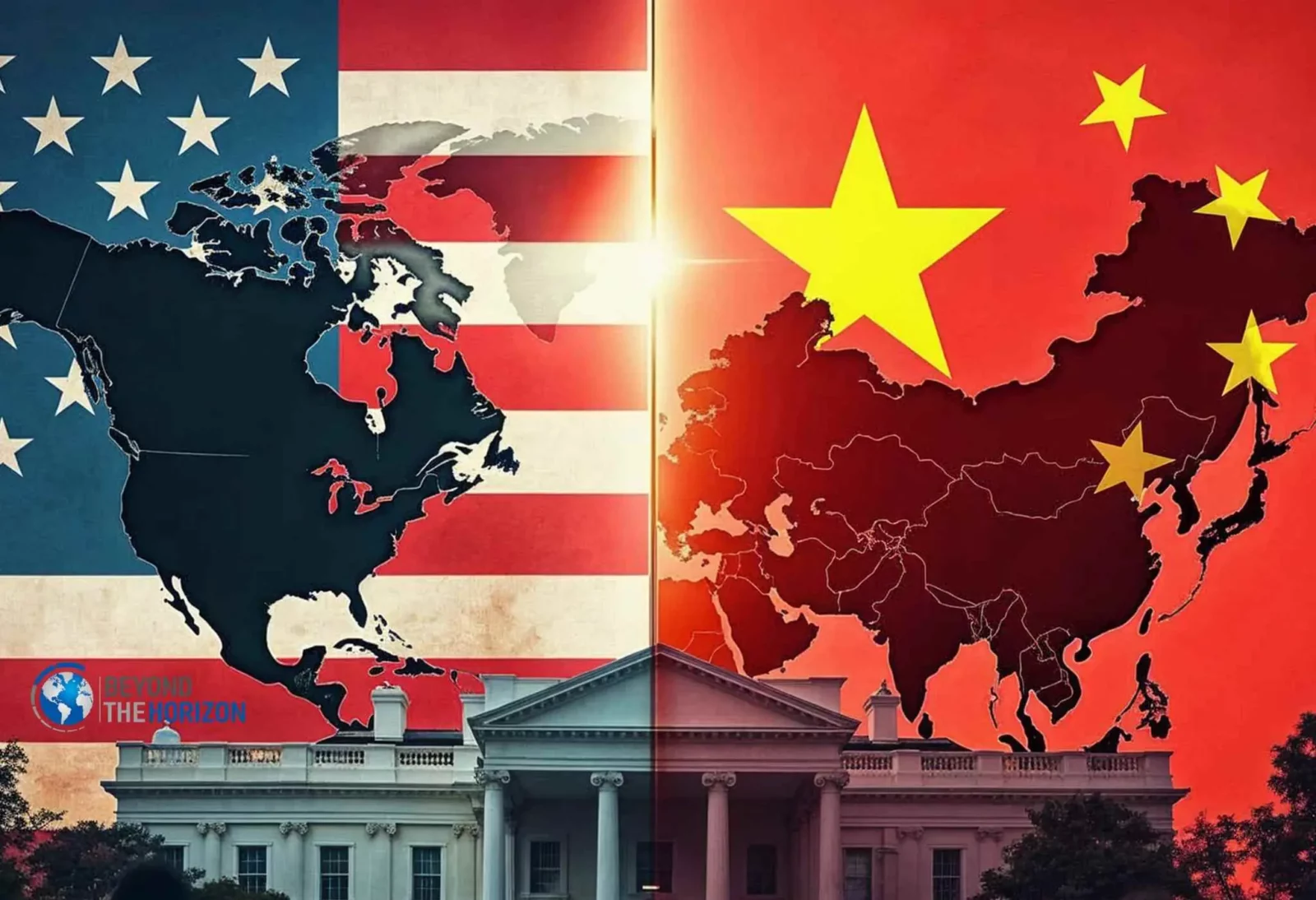




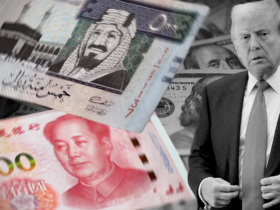
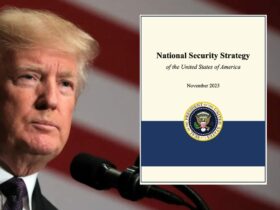
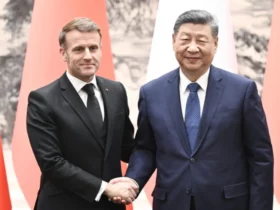

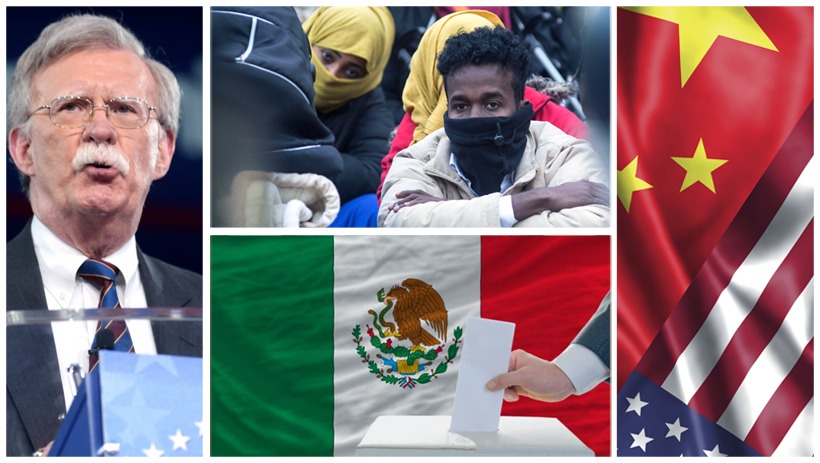
Leave a Reply